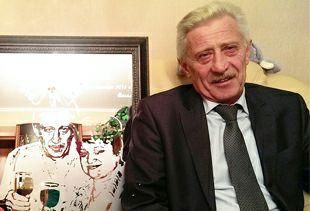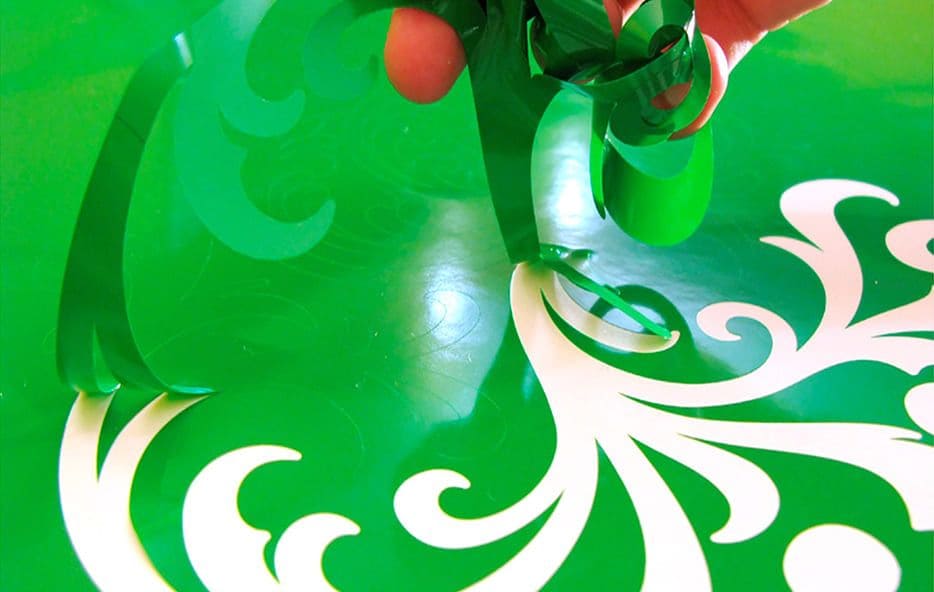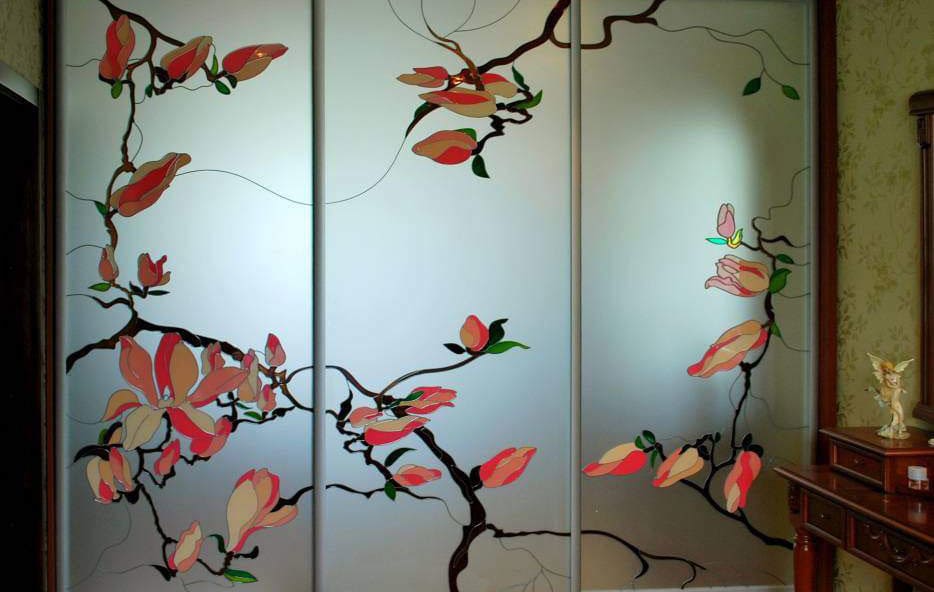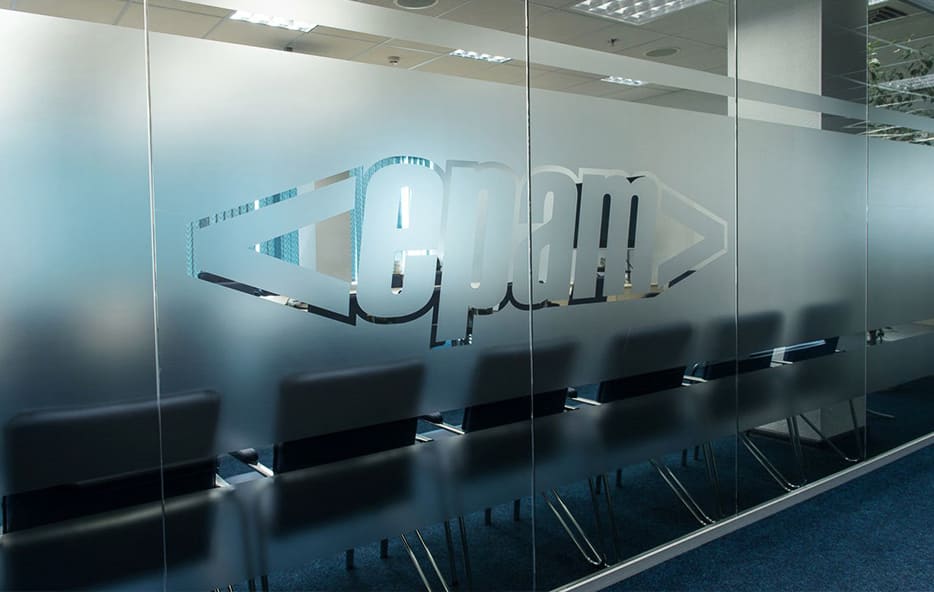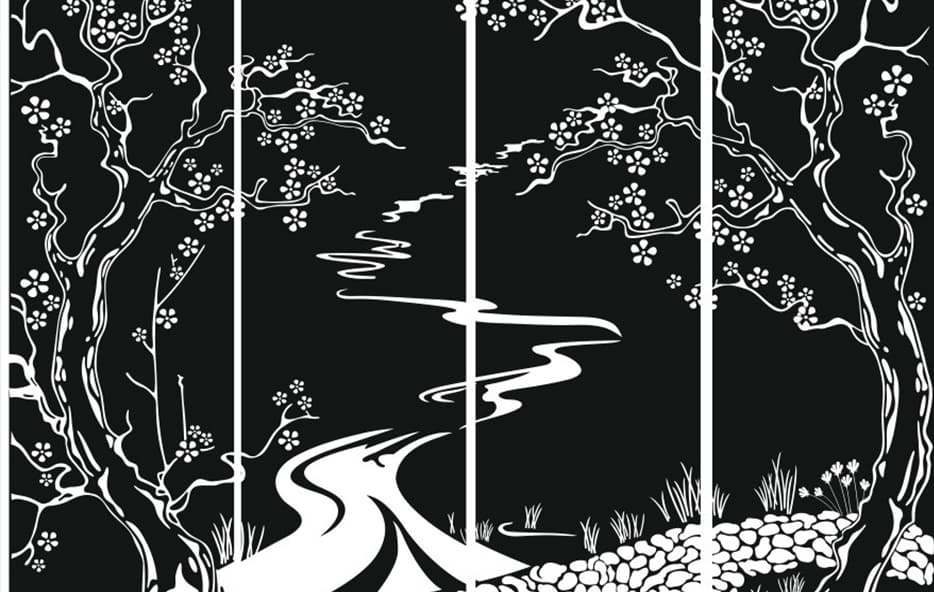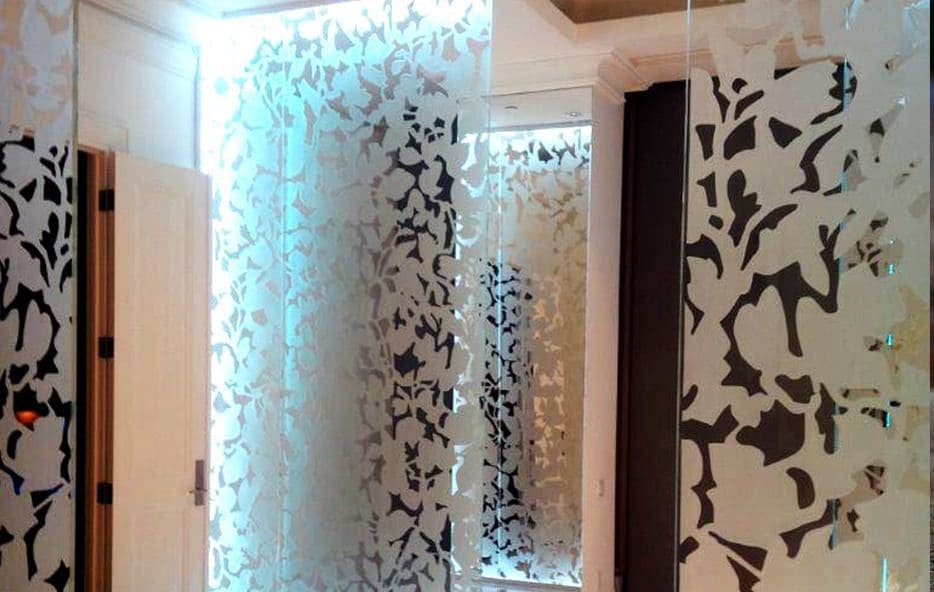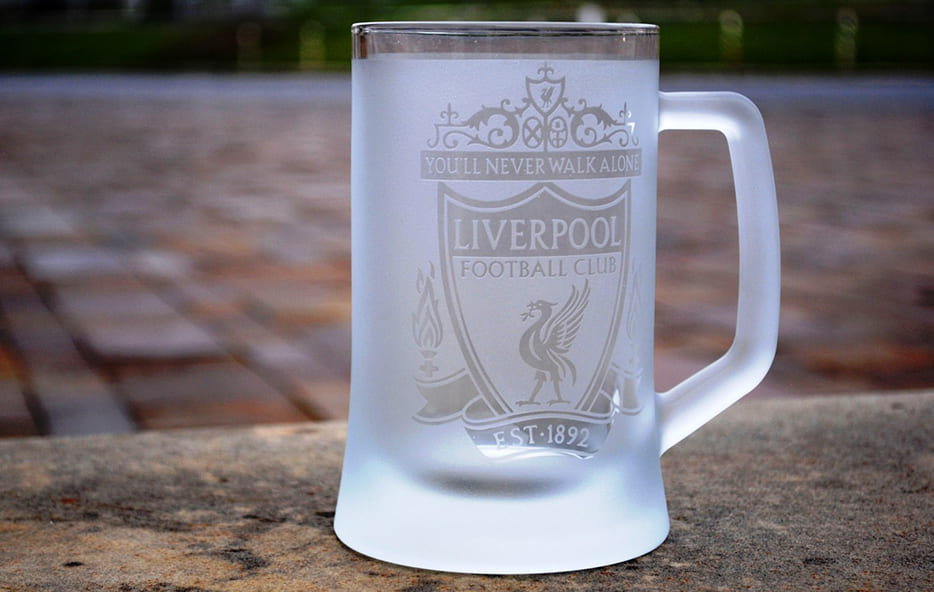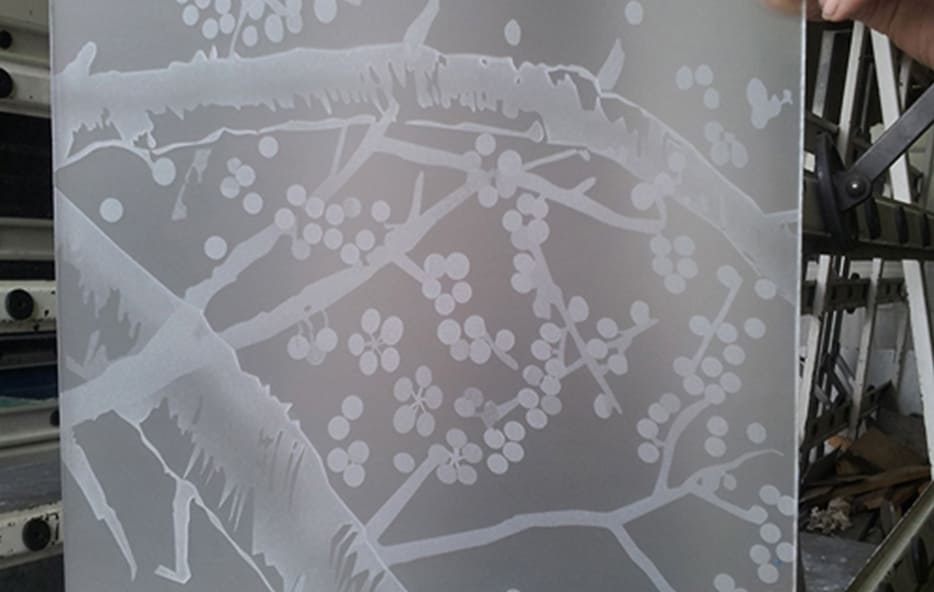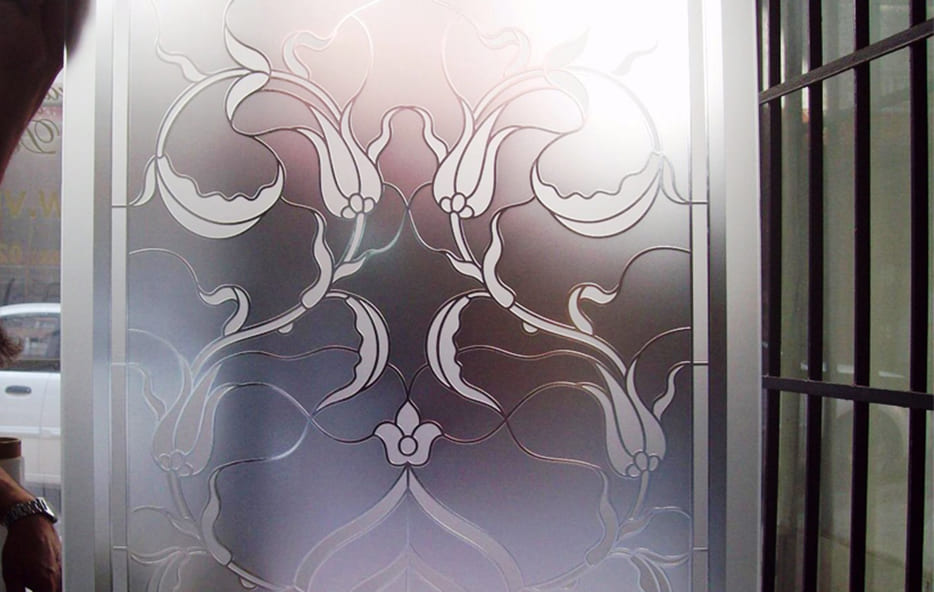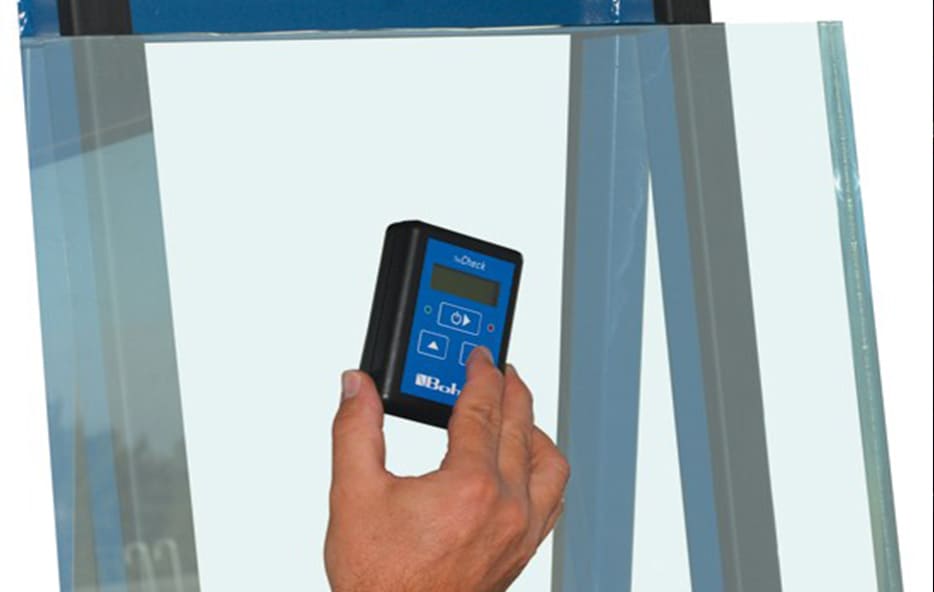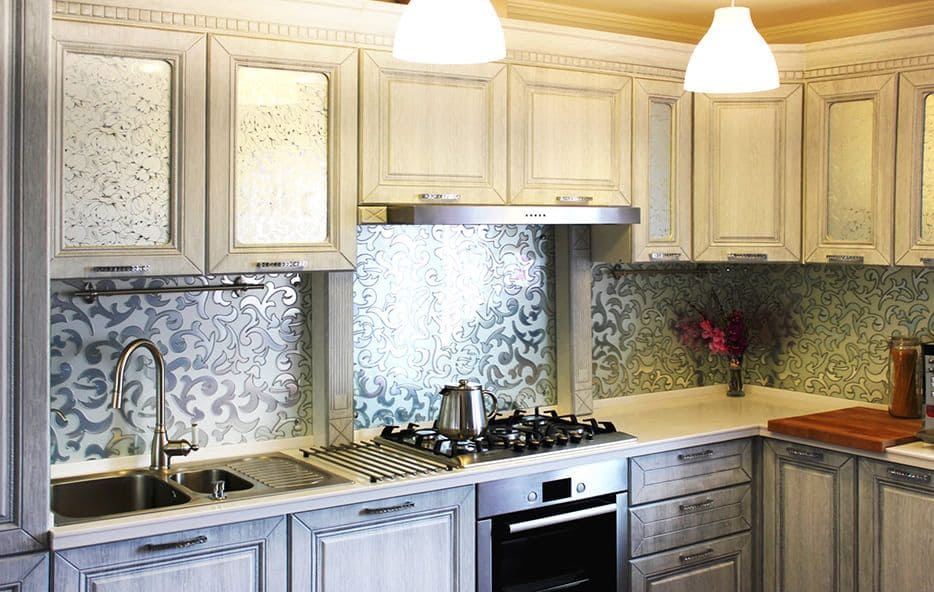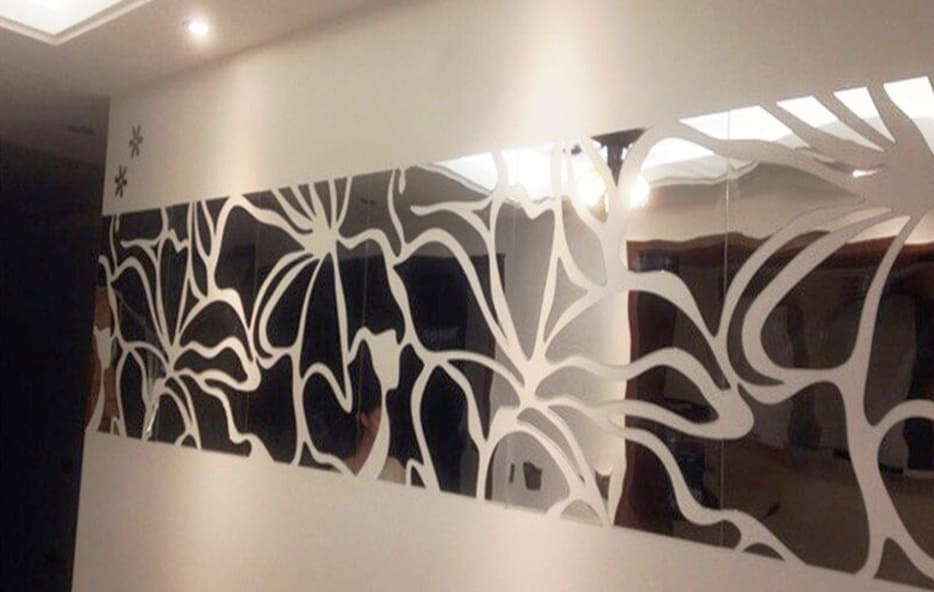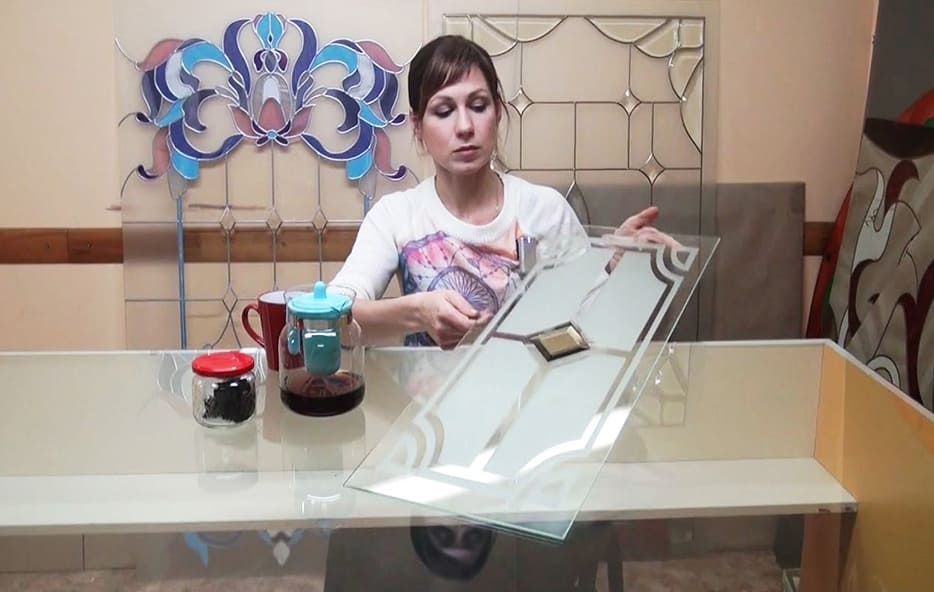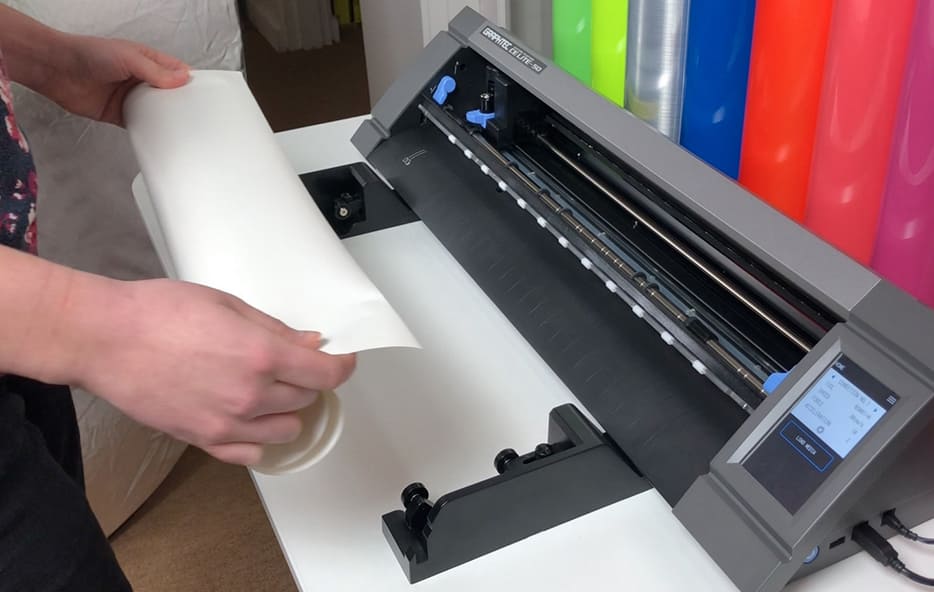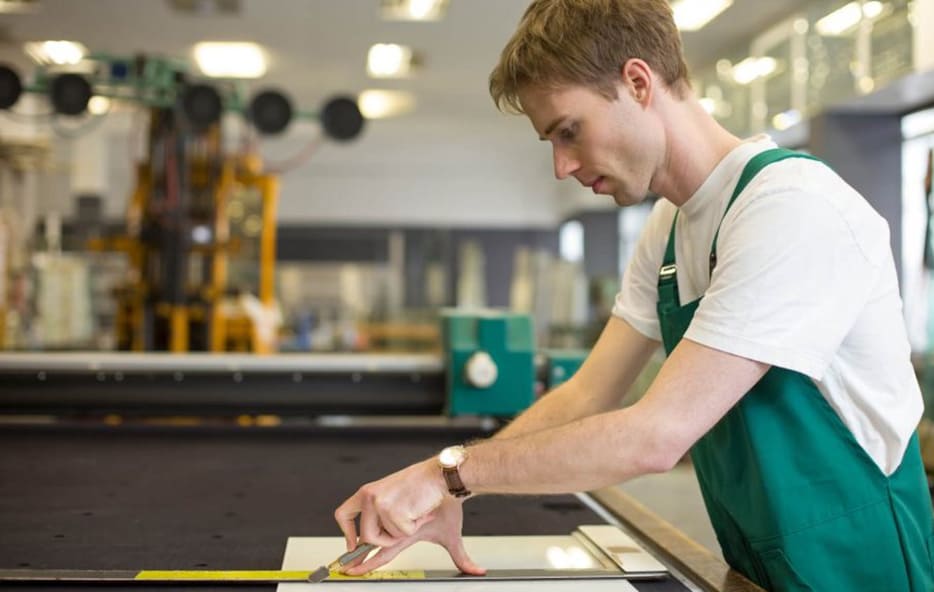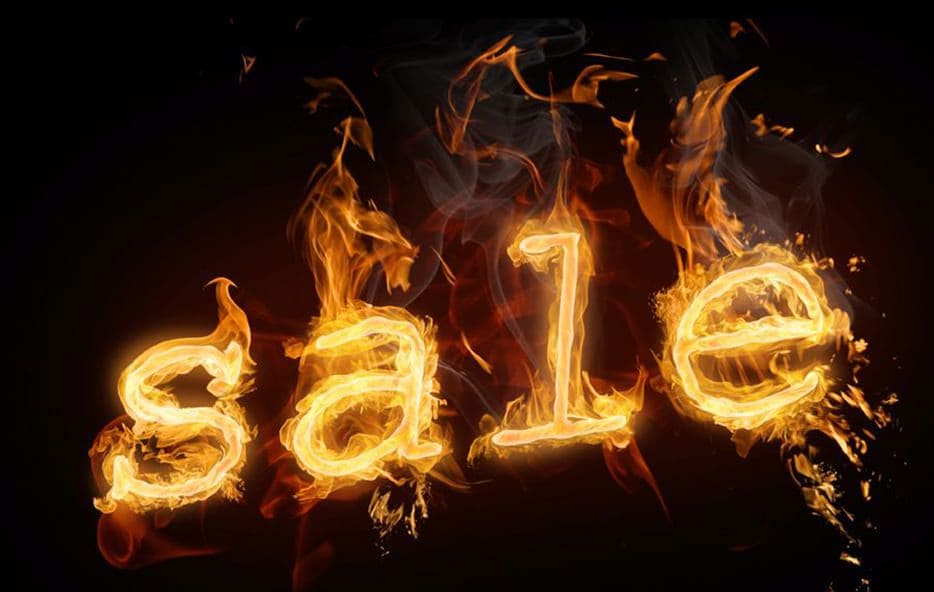Drawing monochrome photographs on a surface of glass, mirrors, ceramics.
Creating a mask on glass. Photolithography.
Any image can be transferred to a glass surface. In the most affordable methods at home, two methods, will be described here. More precisely, the image matting method is one. This has two different methods of applying a protective mask (a type of stencil) Printing a protective mask with a printer toner (LUT method, will be described below) and printing a protective mask using photoresist. For the second method, (the most time-consuming and expensive, but also of higher quality) a special polymer is used, called PHOTORESIST. This is available in two different versions: aerosol and film.
Aerosol photoresist.
Liquid photoresist is available in aerosol cans of 100 and 200 ml. It is intended for the making of raster masks – protective mask of photoresist on the surface of glass, metals, marble, and granite by light photo positioning.(the protective mask of photoresist is like a stencil from film, but at first the photoresist was liquid and after being dried became a film).
Liquid photoresist is available in aerosol cans of 100 and 200 ml. It is intended for the making of raster masks – protective mask of photoresist on the surface of glass, metals, marble, and granite by light photo positioning.(the protective mask of photoresist is like a stencil from film, but at first the photoresist was liquid and after being dried became a film).

Work with an aerosol photoresist is performed in this sequence.
1. The surface is washed with a non-greasy solvent or pure alcohol, then the photoresist is sprayed from a distance of 15-20 cm. Spraying in dimension is easy to control due to the dark violet color of the photoresist; areas without coating are immediately visible. When these appear, selective coverage of the missed areas are made. Spraying, like drying, must be done in low electric light.
2. After spraying, the glass is left to dry at room temperature in a dark place during the day.
3. Preparation of film for exposure. The required image is printed in black and white on an inkjet or laser printer with a resolution of at least 300 dpi on a special transparent film (sold at stationery stores or enterprises that sell office supplies). You can also use films for photo output, and these can be ordered at the print shop.
4. The process of highlighting and obtaining a protective photoresist mask.
Take glass with sprayed photoresist after drying. The transparent film with the image is placed on the surface with a photoresist and pressed on top with transparent glass (organic or quartz, so that the transmission of UV rays is maximum). Next, at a distance of 15 cm above the glass surface, a 26 W ultraviolet lamp is placed and turned on to illuminate (activate) the photoresistor for several minutes. The exposure time is selected experimentally and depends on many factors.
1. The surface is washed with a non-greasy solvent or pure alcohol, then the photoresist is sprayed from a distance of 15-20 cm. Spraying in dimension is easy to control due to the dark violet color of the photoresist; areas without coating are immediately visible. When these appear, selective coverage of the missed areas are made. Spraying, like drying, must be done in low electric light.
2. After spraying, the glass is left to dry at room temperature in a dark place during the day.
3. Preparation of film for exposure. The required image is printed in black and white on an inkjet or laser printer with a resolution of at least 300 dpi on a special transparent film (sold at stationery stores or enterprises that sell office supplies). You can also use films for photo output, and these can be ordered at the print shop.
4. The process of highlighting and obtaining a protective photoresist mask.
Take glass with sprayed photoresist after drying. The transparent film with the image is placed on the surface with a photoresist and pressed on top with transparent glass (organic or quartz, so that the transmission of UV rays is maximum). Next, at a distance of 15 cm above the glass surface, a 26 W ultraviolet lamp is placed and turned on to illuminate (activate) the photoresistor for several minutes. The exposure time is selected experimentally and depends on many factors.

5. After exposure, the pressure glass is removed. The film through which the photoresist is illuminated is removed and the glass with the photoresist is placed in a solution of caustic soda (7 g per 1 liter of water) for the image to appear. The image is manifested by dipping the glass surface in a bath with solution, or a foam sponge moistened in this solution. The manifestation lasts 1-4 minutes. At the same time, the transparent regions on the film dissolve, while the black ones, on the contrary, harden and fix. The result is a raster mask on the surface.
6. After developing, it is dried for 30 minutes at room temperature, while the light intensity does not matter anymore.
7. After drying, the glass is treated with IVSATIN Matting Liquid. After the matting process, the surface is washed with soapy water.
8. The remains of the photoresist mask are removed in a more concentrated solution of caustic soda (30-40 g per 1 liter of water). Then rinse with a glass cleaner, and the bitmap is ready.
6. After developing, it is dried for 30 minutes at room temperature, while the light intensity does not matter anymore.
7. After drying, the glass is treated with IVSATIN Matting Liquid. After the matting process, the surface is washed with soapy water.
8. The remains of the photoresist mask are removed in a more concentrated solution of caustic soda (30-40 g per 1 liter of water). Then rinse with a glass cleaner, and the bitmap is ready.
Film photoresist.


We did not begin to describe work with a film photoresist. We decided it’ d be better shown in the video tutorial.
You can purchase the full video on how to take a photo on glass using lithography and matting.
The cost of a video tutorial on photo matting is $30. *Lesson in Russian.
The cost of a video tutorial on photo matting is $30. *Lesson in Russian.
Lesson payment method:
WebMoney
$30 on Z262682876846.
$30 on Z262682876846.
After payment write to This email address is being protected from spambots. You need JavaScript enabled to view it., and you will immediately receive a link to download the lesson.







